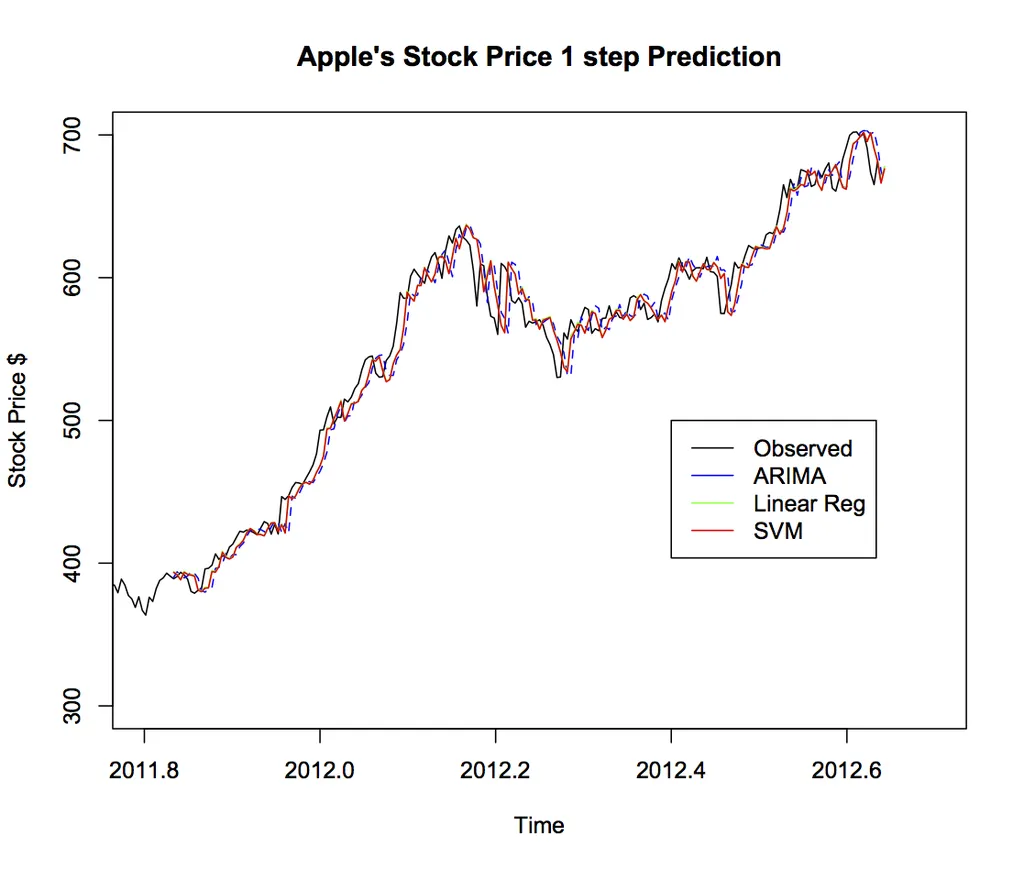In the fast-paced world of financial markets, where volatility and uncertainty reign, predicting stock prices with accuracy remains a formidable challenge. A new study published in *Danadyaksa* (which translates to “Financial Insights”) offers a fresh perspective on how data-driven approaches can enhance stock price forecasting and financial risk management, with a focus on Apple Inc.
The research, led by Hivi Malu Omar of the University of Zakho in Iraq, integrates traditional statistical techniques with machine learning to analyze Apple’s stock performance over 17 years. The study highlights the limitations of conventional methods in capturing the complex, nonlinear dynamics that drive stock price movements.
“Financial markets are inherently volatile, and traditional statistical models often fail to account for the intricate relationships between variables,” Omar explains. “By combining machine learning with statistical analysis, we can develop more robust predictive models that better anticipate market fluctuations.”
The study reveals a significant negative correlation between trading volume and stock price (r = –0.523), indicating that higher trading volumes often coincide with price declines. Additionally, daily return volatility is measured at 11.5369, underscoring the inherent risks in stock investments.
To forecast Apple’s stock prices, Omar and her team employed two predictive models: Linear Regression and Random Forest. Both models utilized key features such as opening price, daily high and low prices, and trading volume. The performance of these models was evaluated using mean absolute percentage error (MAPE), with Linear Regression achieving an error rate of 0.0143 and Random Forest slightly outperforming at 0.0161.
“While both models showed strong predictive capabilities, Random Forest demonstrated a slight edge in accuracy,” Omar notes. “This suggests that machine learning techniques, with their ability to handle complex data interactions, may offer superior insights for financial risk management.”
The findings have significant implications for investors, financial analysts, and risk managers. By leveraging advanced predictive analytics, market participants can make more informed decisions, mitigate risks, and capitalize on emerging opportunities. The study also contributes to the broader discourse on financial risk management, highlighting the potential of data-driven approaches to enhance strategic decision-making in volatile markets.
As financial markets continue to evolve, the integration of machine learning and statistical analysis is likely to play an increasingly pivotal role in shaping investment strategies and risk management practices. Omar’s research not only advances our understanding of stock price dynamics but also paves the way for future innovations in financial analytics.
Published in *Danadyaksa*, the study underscores the growing importance of interdisciplinary research in finance and technology. By bridging the gap between traditional statistical methods and cutting-edge machine learning techniques, Omar’s work offers valuable insights into how data-driven approaches can transform financial risk management and stock price prediction.

